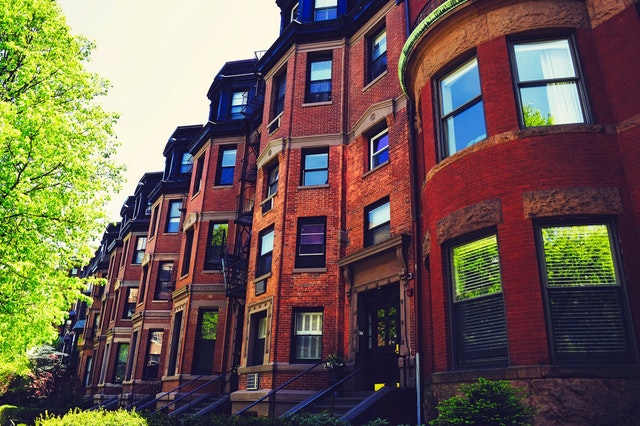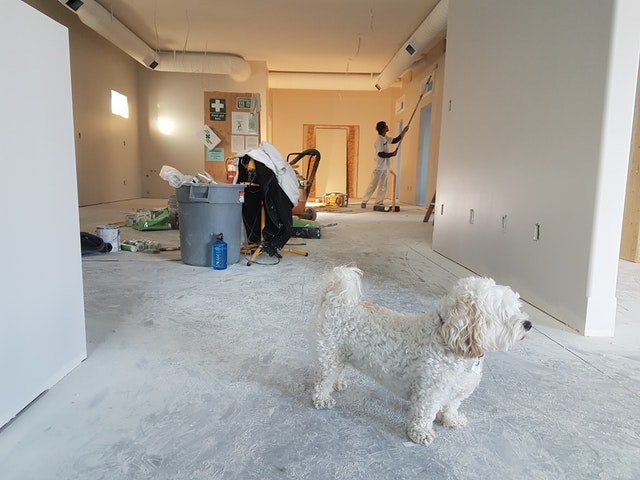 Are you selling your home? If so, then don’t forget to stage this vital area of your house.
Are you selling your home? If so, then don’t forget to stage this vital area of your house.
The garage is often the last thing on seller’s minds when it comes to home staging. It is prudent to make sure your kitchen and bathrooms are perfect for showings. Make sure that you don’t neglect your garage when getting your home ready to sell.
A good-looking garage can be a great selling point. Has your garage become a greasy, junk-filled space that you don’t like to visit? If so, then buyers won’t want to see it either. Fortunately, it is easy to get your garage in top shape before your showings. Up the appeal of your garage with these easy tricks.
Get Rid Clutter
The first step to getting your garage in tip-top shape is to remove all of the clutter. The garage often becomes a storage place for random things. Purge everything that you don’t need. Getting rid of junk can help make moving easier and more comfortable, as well. Divide your stuff into piles: trash, donate and keep. Get rid of all garbage. Recycle broken items. You can give things that you don’t need anymore to Goodwill or another charity.
Organize
Buyers love organized homes, and this goes for the garage too. Organizing your garage can also help make your move easier. Install a pegboard on your wall. Pegboards are inexpensive, and they can make a garage look neat and clean. You can use ceiling space to hang items. Ceiling-mounted racks are easy to install and not too pricey. Buyers will appreciate the extra storage space as well.
Paint the Floor
Is your garage floor stained with rust or oil? A dirty garage floor can turn buyers off. You can brighten up your garage and make the concrete look brand new with a couple of coats of epoxy garage floor paint. It isn’t very costly or time-consuming to refinish your garage floor. This is a project that most people can do in a spare weekend.
Add Light
Most garages don’t have windows. As a result, they tend to be dark and dreary. The first step in adding light to your garage is to replace any light bulbs that aren’t working. If your garage still looks dark, consider installing additional lighting. You can replace your standard bulb with a multi-directional LED fixture if you only have one lighting fixture in your garage. These are kind of pricey but they don’t require expensive rewiring. They simply screw into your existing socket and offer about four times more lighting compared to a traditional 60-watt bulb.
Contact your trusted real estate agent for more valuable tips like these to get your home market-ready in no time.
 If you have been looking for a new home, and you find one offered under a short sale, this may be to your advantage. While some buyers are wary about buying a home that needs to be sold with the approval of the lender, it’s a great way to get a bargain on a home that you love.
If you have been looking for a new home, and you find one offered under a short sale, this may be to your advantage. While some buyers are wary about buying a home that needs to be sold with the approval of the lender, it’s a great way to get a bargain on a home that you love. Choosing The Right Movers Can Save You Time And Money
Choosing The Right Movers Can Save You Time And Money The rise in Millennial home buyers will inevitably change the items that promote faster and more lucrative home sales.
The rise in Millennial home buyers will inevitably change the items that promote faster and more lucrative home sales. In 2017, upwards of 75 percent of independent rental property owners in the U.S. reportedly worked another job on top of being a landlord. That means the overwhelming majority of landlords are attempting to juggle more than they can handle at times. However, there are organizational and strategic concepts that can maximize efficiency and profitability.
In 2017, upwards of 75 percent of independent rental property owners in the U.S. reportedly worked another job on top of being a landlord. That means the overwhelming majority of landlords are attempting to juggle more than they can handle at times. However, there are organizational and strategic concepts that can maximize efficiency and profitability. The drama of home and garden TV shows may be fun to watch, but no matter what you think, reality shows are not at all like real life. If you think it’s easy to buy a house that needs updating and turn it quickly for substantial profit, you might want to think again.
The drama of home and garden TV shows may be fun to watch, but no matter what you think, reality shows are not at all like real life. If you think it’s easy to buy a house that needs updating and turn it quickly for substantial profit, you might want to think again.